To work effectively on ecosystem protection, a protected area needs a management plan. This document is fundamental in establishing the area’s mission, goals, conservation activities and the means required to achieve them.
A survey of Europe’s Natura 2000 marine sites found that 47% had no management plan. Those that did have one delayed its implementation – leaving some sites for up to 11 years – and 80% of plans turned out to be incomplete (Perry et al., 2020).
It is not only Natura 2000 sites that are affected. Worldwide, have very little environmental impact. Those that have a plan are often working with a document some 200 pages long, to work with.
Having no management plan – or one that is overly complicated – has direct repercussions on a marine protected area’s internal and external organisation. The teams have difficulty planning their activities, assessing their funding needs, and allocating their human, financial and material resources effectively.
One of the main barriers to effective conservation management is a lack of collaboration among the actors whose livelihoods depend on protected areas.
This failure to cooperate is noticeable even among conservation project leaders. Many of the same environmental problems occur around the world, resulting in duplicate projects. But because project leaders don’t communicate with each other, they work in silo, limiting project impact. Better cooperation among actors working on common issues could bring benefits by drawing attention to their activities and improving their fundraising prospects.
Furthermore, work needs to be done to engage with actors living in the vicinity of protected areas. Establishing a protected area can lead to conflicts over use of the marine environment, and it’s important to anticipate and minimise these. Actually, where human activity is concerned, ‘protection’ implies ‘restriction’, whether this means limiting access, economic activities or use of resources. It is imperative that conservation project leaders consult the local communities, local authorities and fishers and involve them in their projects to ensure their work is accepted and achieves the desired impact.
Protected area teams lack the financial, material and human resources they need to fulfil their mission. These shortfalls force them to spend time on various ancillary tasks which do not contribute directly to the goal of protecting the natural environment.
For example, visitor management is a major task during the high tourist season, when protected areas may be threatened by excess visitor traffic. The teams switch their focus to monitoring the number and behaviour of visitors to the site and to taking admission or mooring fees.
Fundraising is another time-consuming activity, requiring protected area managers to carry out ongoing research into donors and funding opportunities, conservation project proposals to satisfy donor criteria, and – once the project has been funded – submit regular progress reports.
Ultimately, to ensure their success, protected areas need to involve various stakeholders in the management process. Such engagement could take the form of public awareness-raising activities, or regular consultation with the people who rely on the natural environment to pursue their livelihoods, such as fishers and other local community members.
Our solutions
Visitor traffic in protected areas
Managing moorings in protected areas
To enable marine protected area managers to spend more time on conservation and better inform visitors about their work, we have developed BlueMooring, a mooring management tool.
This web app allows recreational boaters to reserve and, where required, pay for a mooring buoy online, in advance or on the spot, using a QR code; meanwhile it enables the manager to collect visitor data, monitor in real time which of their buoys are in use , receive any mooring fees automatically and engage with the boaters.
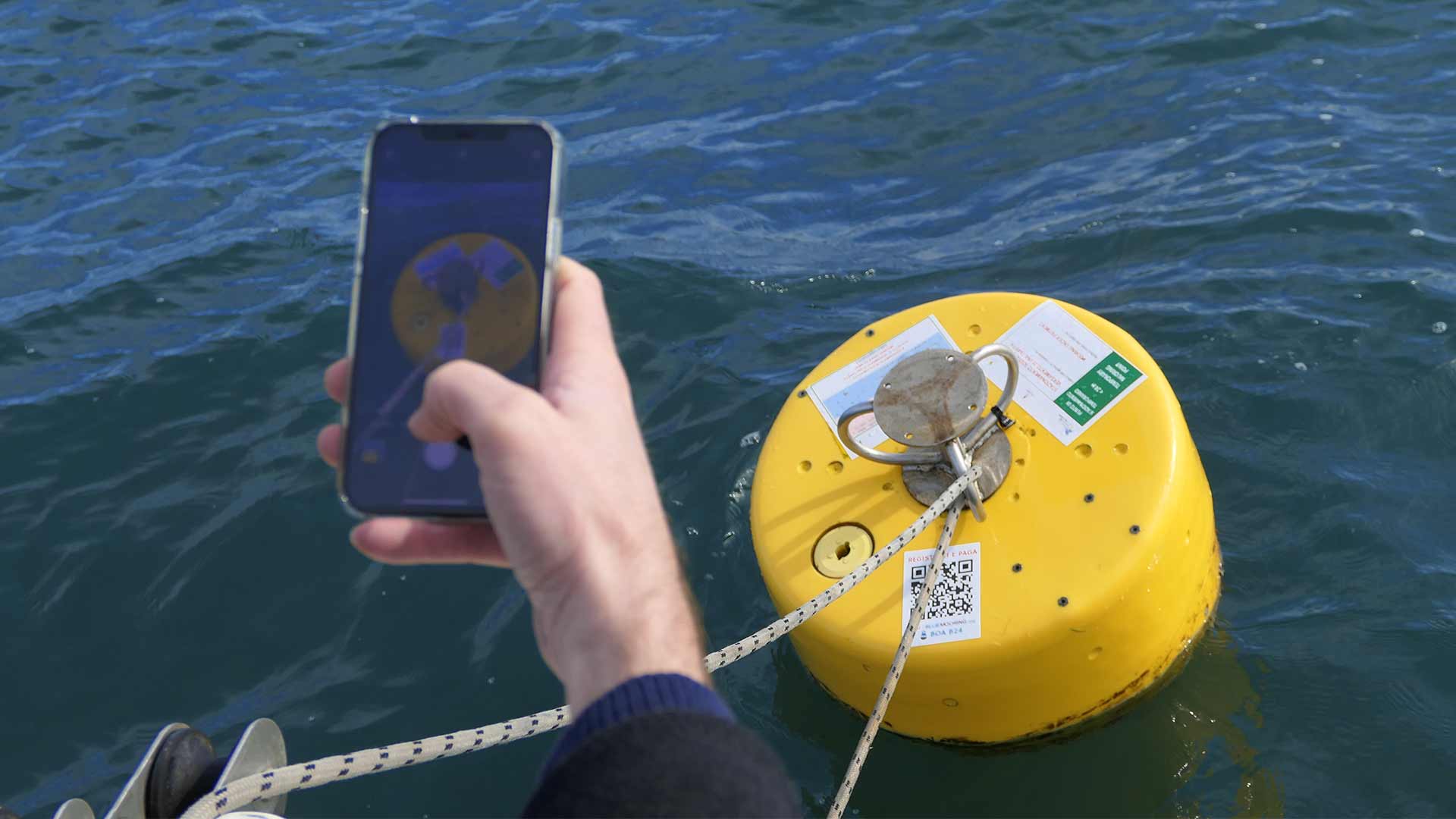
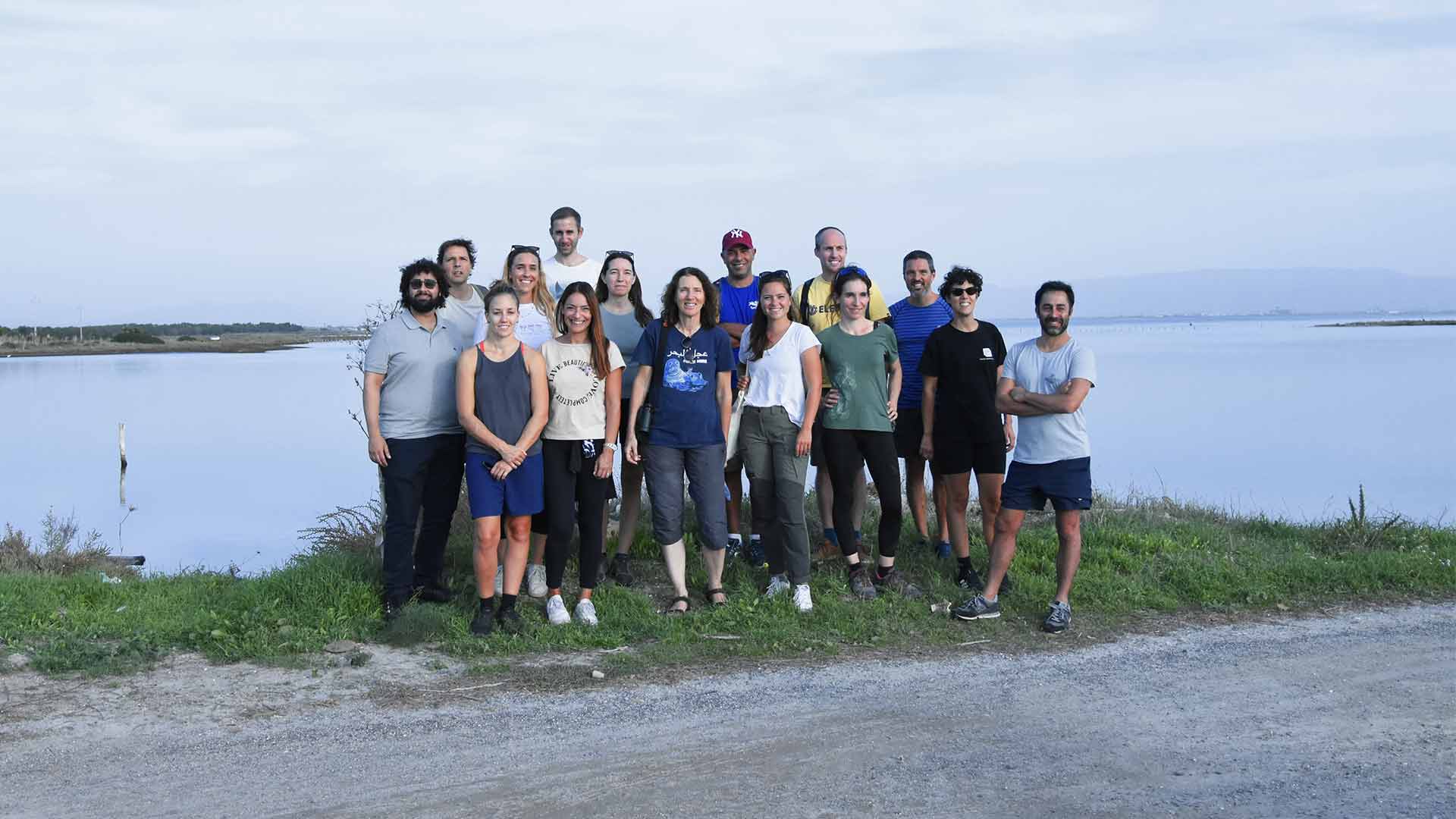
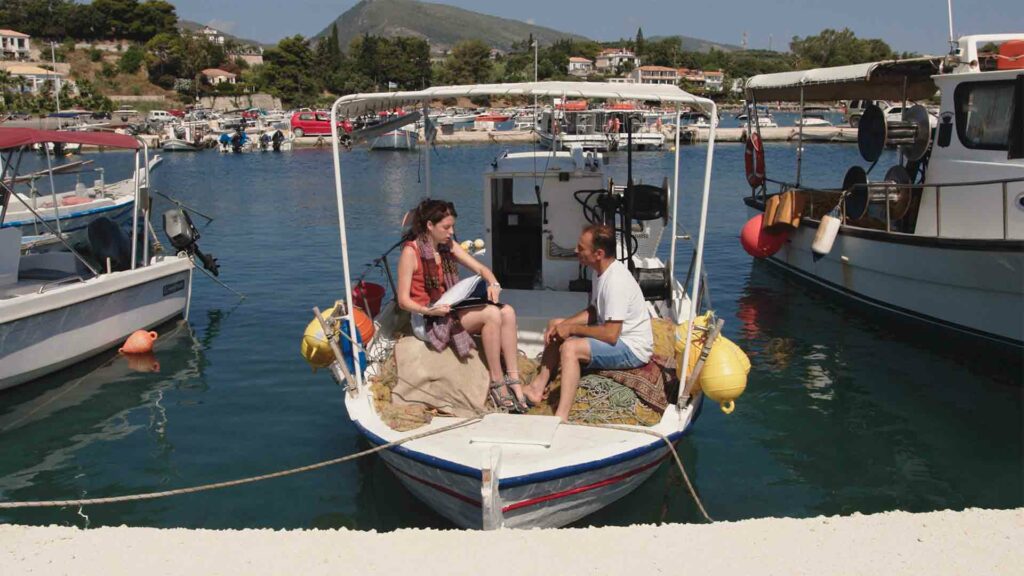
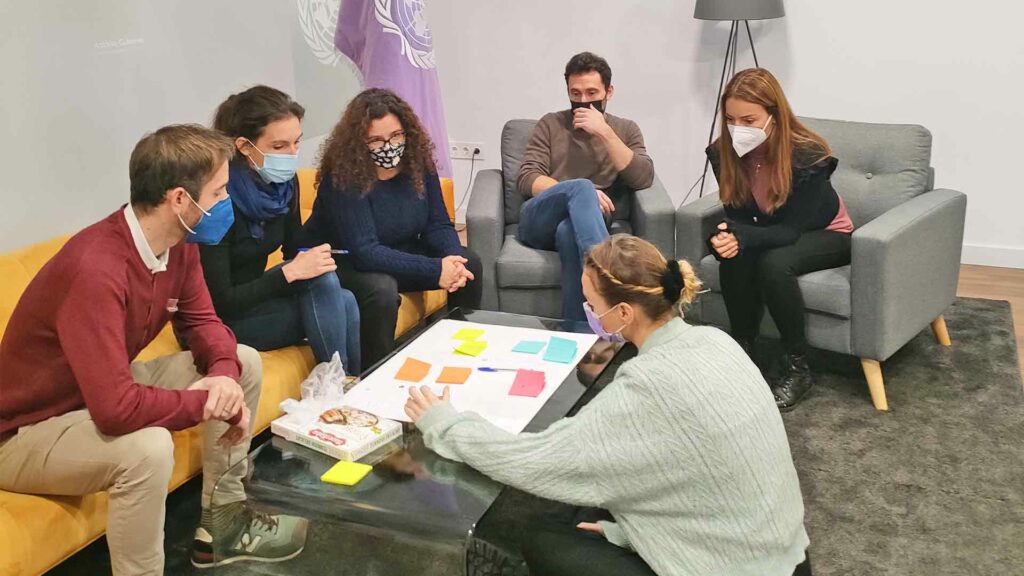
Partnership coordination
Secretariat for Together for the Med network
Since 2020, BlueSeeds has served as secretary for Together for the Med, a coalition of 46 marine conservation organisations working together to reduce fishing pressures on Mediterranean biodiversity through 18 projects funded by the MAVA Foundation.
We coordinate the network’s internal and external communications in order to share knowledge and expertise among its members. We have also supported the development of new collaborative projects, promoting these to donors to ensure the network’s conservation activities could continue beyond 2022, when the MAVA Foundation’s funding for the Mediterranean Basin ended.
Training
Strengthening practitioners’ financial and management capacity
Since its inception, BlueSeeds has trained managers in more than 80 protected areas and protected area networks across 21 countries, focusing on financial planning and effective conservation management.
We offer the managers theoretical and practical courses designed to help them calculate their funding gap and identify new funding sources for the future. We also introduce them to innovative self-financing mechanisms and technical solutions they could adopt to generate additional income or better manage their site.
Having completed the training, the managers possess the knowledge and tools to operate more self-sufficiently and better manage their resources – particularly their finances – so as to secure the future of their protected area.
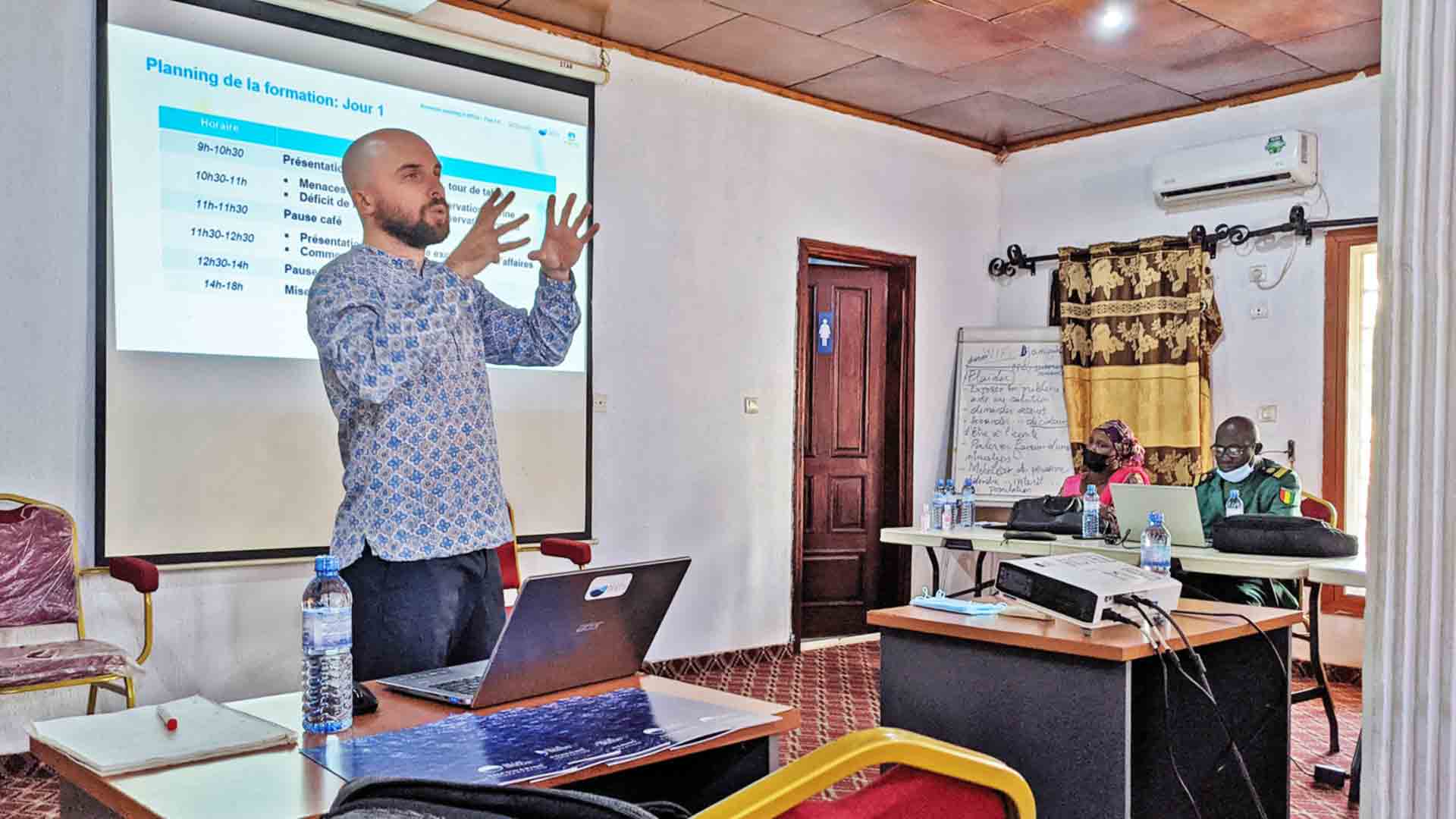
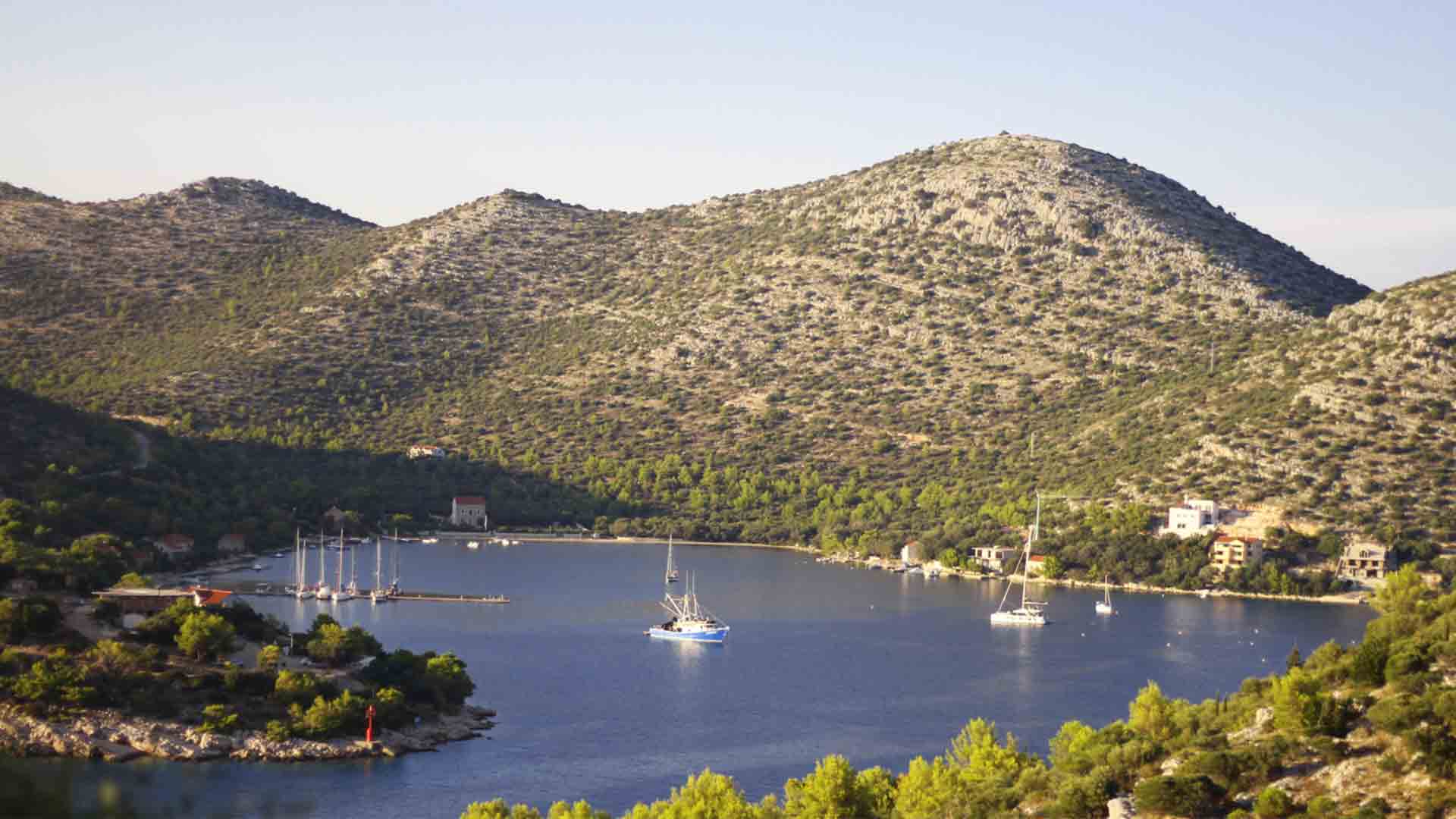
Stakeholder engagement
Encouraging entrepreneurship among remote coastal communities
In 2019, on the island of Lastovo in Croatia, BlueSeeds and its partners the WWF Adria and ZEF bank founded their first Blue Business Incubator. This blue entrepreneurship incubator aims to encourage the development of microbusinesses that will bring benefits to the local marine park and community.
Since then, we have been working to reinforce dialogue among the island’s various stakeholders, including the would-be entrepreneurs, local fishers and the marine park, to foster opportunities for fresh cooperation and synergies.